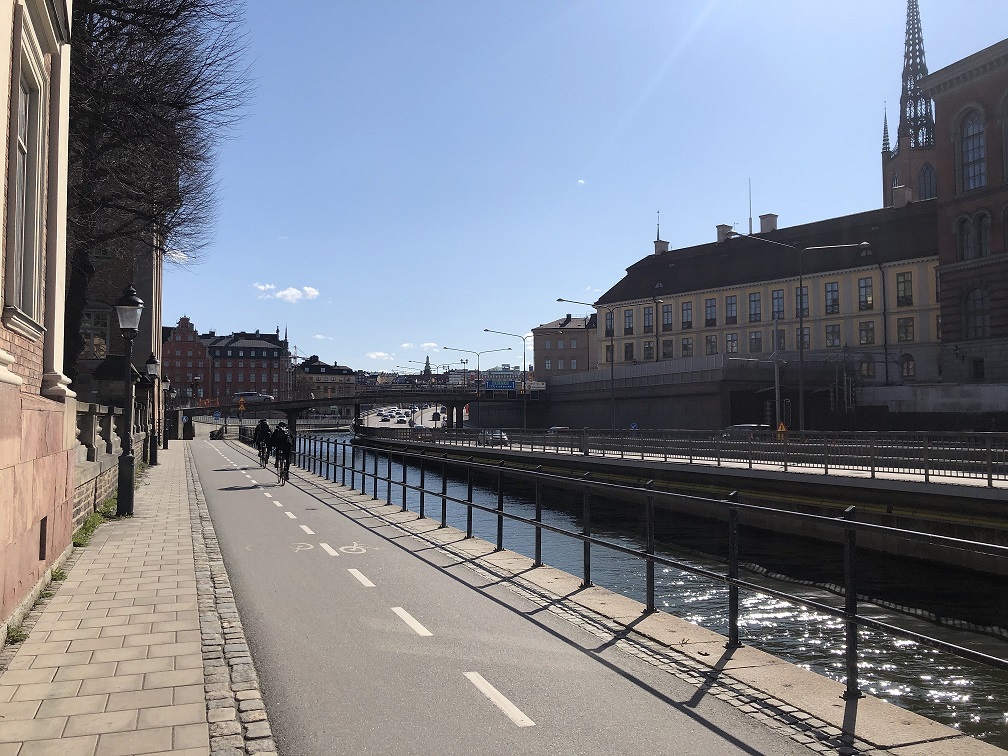Bicycle traffic simulation 1 & 2
The purpose of the project is to investigate how bicycle traffic simulation can be improved to capture cyclists' behavior more accurately and enable microscopic traffic simulation analyses of bicycle traffic.
The national cycling strategy emphasizes cycling as part of the solution to problems related to climate change, air quality and noise. For other modes, traffic models have contributed to the possibility to evaluate the effects of changes in the traffic system. However, this type of modelling support is mostly missing for the planning of cycling infrastructure, which impedes planning efficient, safe, and attractive infrastructure for cyclists.
Municipalities usually have goals to increase the proportion of cycling, but they lack knowledge of how to manage these increased bicycle flows. Furthermore, bicycle traffic is often overlooked when carrying out microscopic traffic simulation analyses, and cyclists are usually modelled as either slow car drivers or fast pedestrians, both approaches showing difficulties to capture the real behavior of cyclists. More accurate microscopic models for bicycle traffic would make possible to include cyclists in various traffic simulation analyzes to design more appropriate bicycle infrastructure adapted to the expected demand of cyclists. In addition, models could contribute to designing synchronized and traffic-controlled signaling systems that take cyclists into account, as be used for estimation of volume-delay functions that can be used in macroscopic traffic models or directly in socio-economic analysis of bicycle traffic.
The purpose of the project is to investigate how bicycle traffic simulation can be improved to capture cyclists' behavior more accurately and enable microscopic traffic simulation analyses of bicycle traffic. Trajectory data, collected through methods such as video-based techniques or instrumented bicycles, is primarily used to study detailed interactions of cyclists with the infrastructure and other cyclists, which is then used for development and calibration of microscopic models.
The project is carried out as a doctoral project by VTI and LiU and is funded by Trafikverket via Centre for Traffic Research (CTR).




